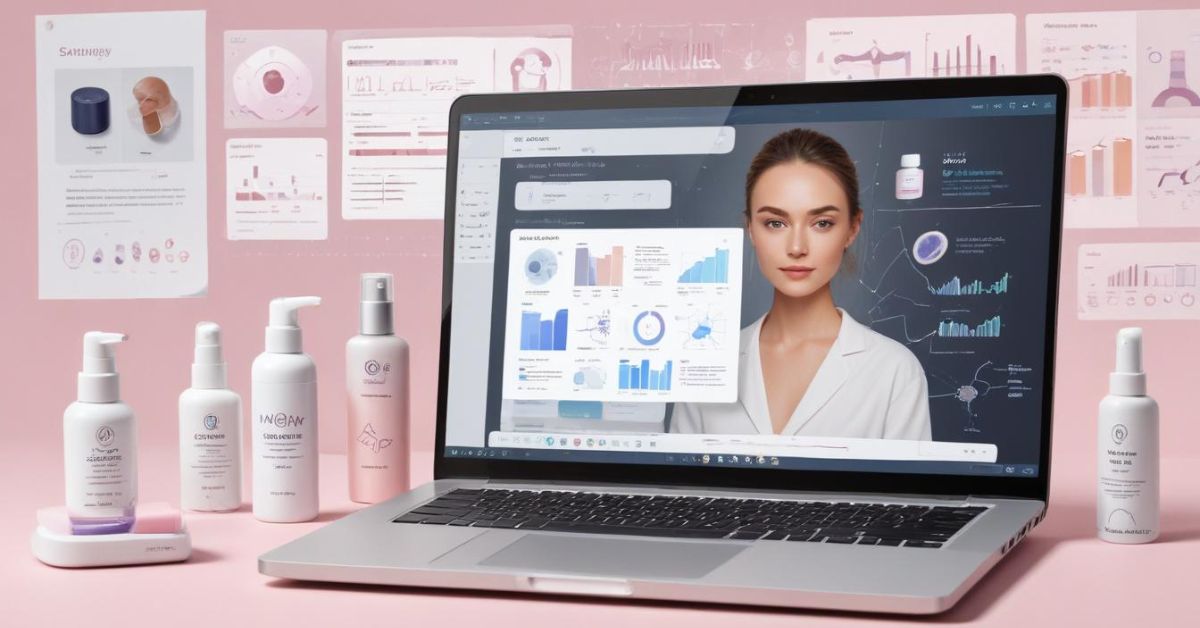Welcome to Beauty Feeds: Powering Real-Time B...
Welcome to Beauty Feeds, your go-to platform for real-t...

With the rise of personalized beauty, recommender systems have become essential for skincare retailers, brands, and apps. But building one isn’t just about fancy algorithms — it starts with clean, structured data.
In this guide, we’ll walk through how to build a skincare recommender system using real product data from BeautyFeeds.io.
Before you write a single line of code, you need solid data. BeautyFeeds provides structured .xlsx datasets with fields like:
Typical cleaning steps include:
Optional NLP: Use TF-IDF or Word2Vec on ingredients to represent products in vector space.
There are 3 main types of recommenders. We’ll focus on content-based filtering, which is ideal when user data is limited.
Bonus: Use product categories and skin type tags (if available) to refine relevance.
If you have user data (e.g., skin type, past purchases):
You can also onboard users with a quiz to help cold-start recommendations.
Use metrics like:
Tip: A/B test changes when possible to measure impact.
With real product and ingredient data, you can create:
Get high-quality, structured skincare product data from BeautyFeeds.io. Whether you’re prototyping a personal project or launching a production-grade AI tool, the data is clean, rich, and ready to power your beauty-tech ideas.